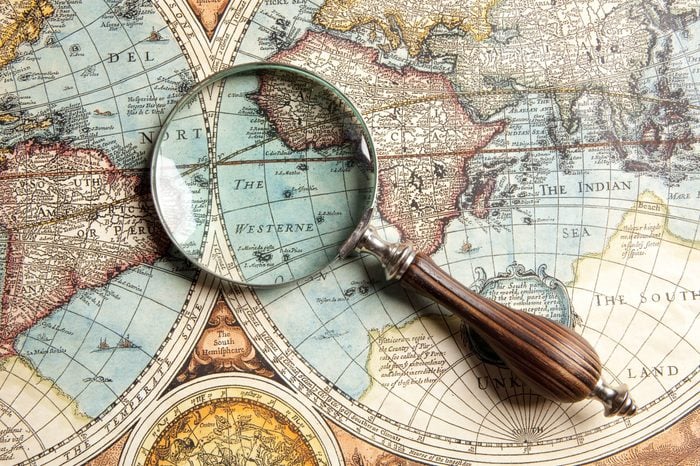
Charting the unknown
The thought of unmapped regions of the globe can send tremors of excitement through the hearts of adventurers. But figuring out the topography of remote or even forgotten regions has important consequences. Namely, it can give us a clearer understanding of the world’s populations, what their needs are, and support organizations in assisting those in need—for example, those providing disaster assistance. Wondering where some of these places are? The crowdsourced Missing Maps Project has mapped over 1 million kilometers of roads and almost 44 million buildings. But there’s so much that’s still unchartered. Before scrolling on to see the most isolated regions of the world, learn about the 30 world geography mistakes everyone always makes.
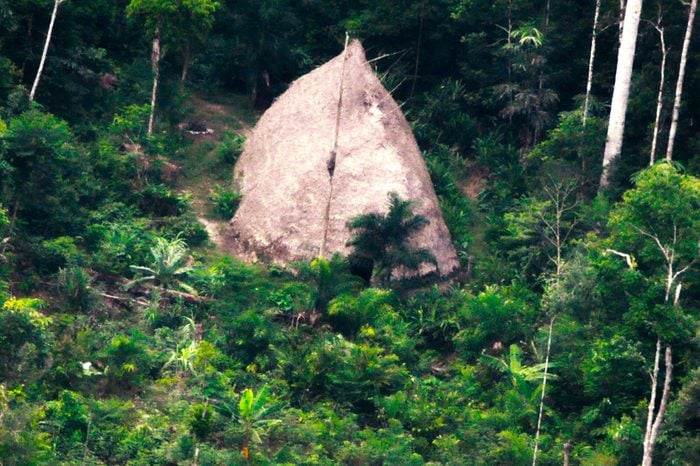
Vale do Javari, Brazil
Called one of the most isolated parts of the world, according to Mental Floss, possibly as many as 14 un-contacted Amazon tribes make their home in this region. It comprises an area about the size of Austria—or 33,000 square miles. An expedition was mounted by Brazil’s agency for indigenous peoples this past March, with the goal of easing tensions between two rival indigenous groups, reports The Guardian.
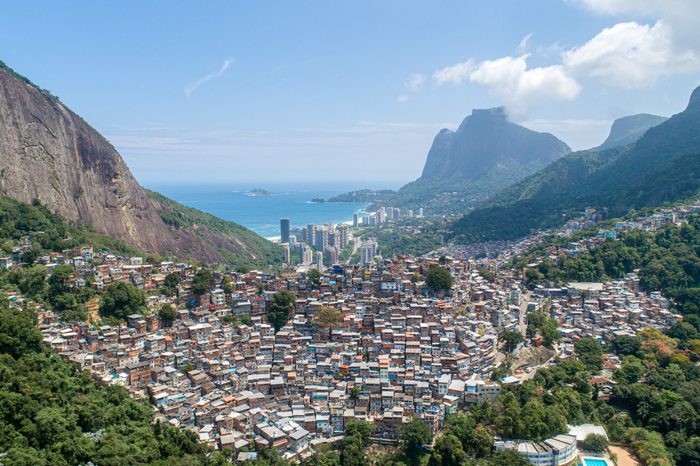
Slums
Look at a map of a city and you’ll find streets and parks and highways and buildings all clearly indicated. But in some cities, that clarity is just an illusion, at least in part. As BBC Future points out, in cities like Rio de Janeiro, Brazil, and Lagos, Nigeria, slums are not delineated on maps—because “they aren’t a top priority for those living there.” In fact, many of the world’s largest cities have large impoverished communities.
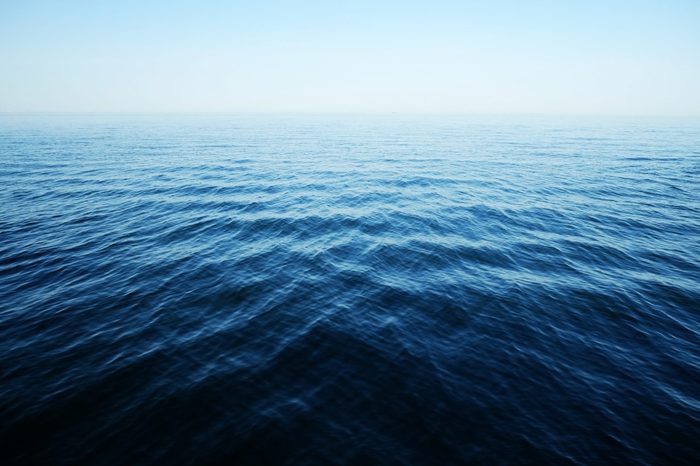
Sandy Island, South Pacific
Some places that do exist don’t show up on maps, while other places that don’t exist do. One recent example is Sandy Island, which BBC reports appears on marine charts and world maps as well as on Google Earth and Google Maps. But when scientists set out to study the island that’s supposed to be located between Australia and New Caledonia, they discovered it isn’t there, and possibly never was. Human error, repeated down the years, is thought to be at fault—although its also possible that the island came…then went. Learn about the 13 islands that may disappear before the century is over.
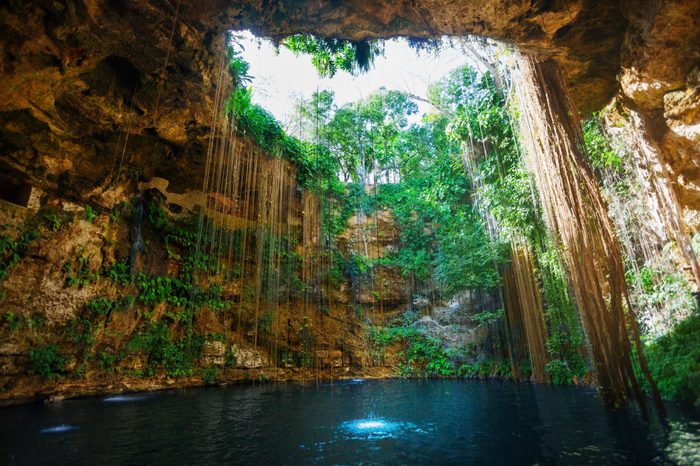
Yucatan Cenotes
This underwater cave system on Mexico’s Yucatan peninsula, thousands of kilometers long, has remained largely unexplored since the time of the Mayans, and exists on no maps, according to photographer Klaus Thymann. He’s both begun to explore—and photograph it in order to bring awareness that will lead to its conservation, he told The Guardian. The rivers that run through the system “form the aquifer of Yucatán and support about 11 different ecosystems.” Expand your marine knowledge, starting with these facts you never knew about our oceans.
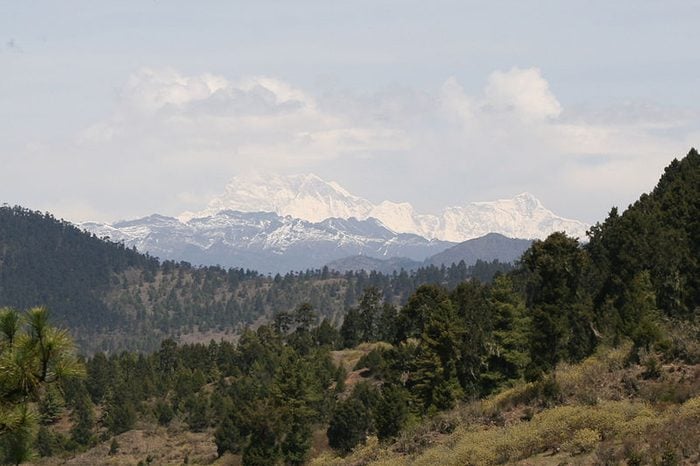
Gangkhar Puensum
It’s probably the highest unclimbed mountain in the world, although some people have tried to scale this 10,000-foot peak in Bhutan. Like many tall mountains, this one is unmapped—although unlike other mountains, it remains uncharted for spiritual reasons. To locals some areas in the mountains are the refuge of centuries-old buddhist saints and mountains themselves homes to gods and goddesses. Although climbers hoping to scale tall peaks like this one could use Google Earth to get an idea of what they’re in for, points out BBC Future, many consider that cheating. If you think that’s amazing, check out these other 14 most remote locations in the world.
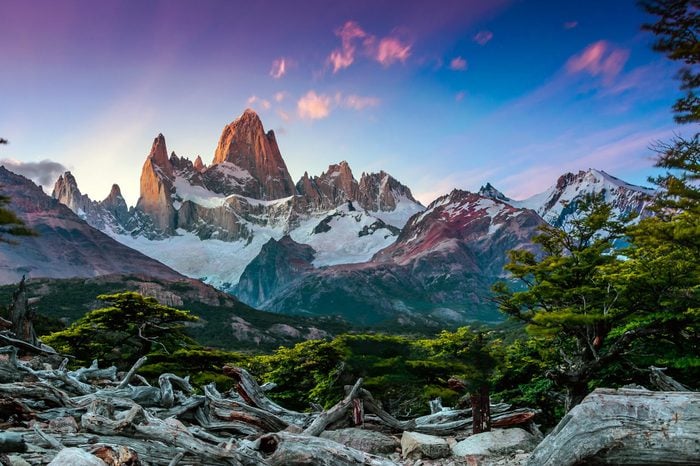
Patagonia, Argentina and Chile
According to Geospatial World, the Patagonia region, which stretches almost all the way to the South Pole, is dotted with rainforests and glaciers so remote and hostile that they’re virtually impossible to chart. “With ice fields comparable to those in the polar regions,” it notes, mapping “is a difficult and dangerous task.” Patagonia is included in the list of the most breathtaking places in the world at risk for disappearing.
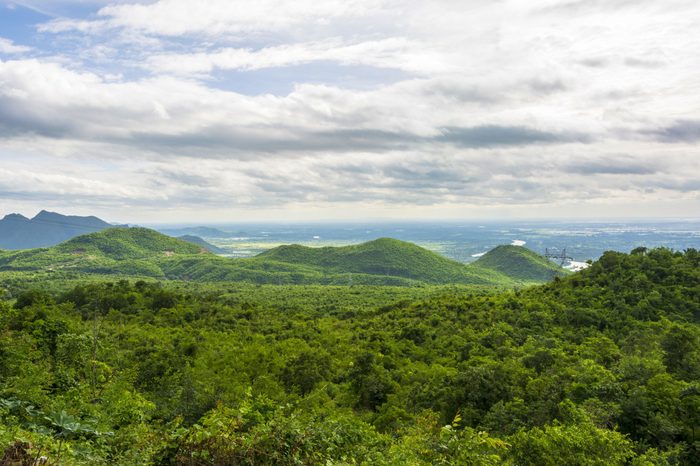
Northern Forest Complex, Myanmar
Years of economic sanctions against this Southeast Asian country actually succeeded in protecting much of its pristine forest from development, reports Yale e360. But that seems to be changing, with forest disappearing and with it, many vulnerable species. It’s difficult to gauge the damage, though, because with hardly any roads in these areas, few people can get in to assess what’s going on. That means the forest is likely disappearing before it can even be adequately mapped.
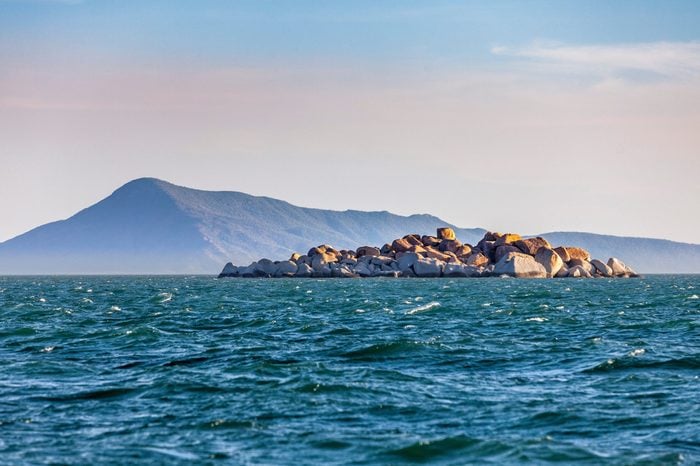
Cape Melville, Australia
The “lost world” of Cape Melville is an Australian headland that’s been cut off from exploration by a surrounding wall made of boulders of granite that are hundreds of feet tall. While they’ve effectively protected its internal rainforest habitat, it also means the area is virtually impossible to map, writes Geospatial World. Australia has many other unique features, including two of these 7 naturally beautiful pink lakes in the world.
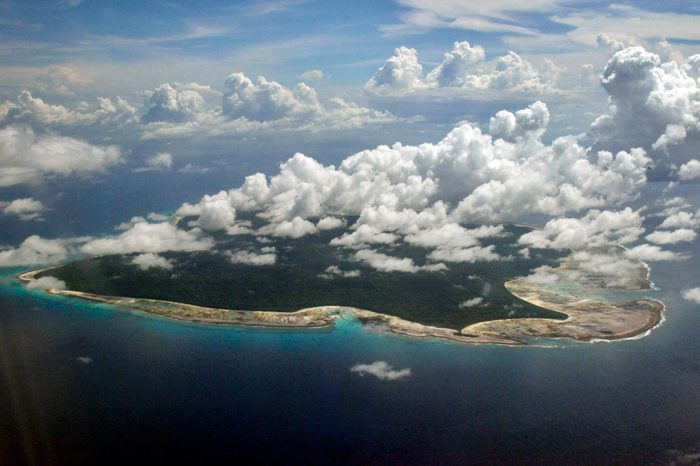
North Sentinel Island, India
Due to a local population that’s hostile to outsiders, North Sentinel Island, part of the Andaman Island archipelago off the southerly tip of Myanmar, remains—and probably will remain for some time—unexplored (by non-Sentinelese) as well as unmapped. It’s also officially off-limits to pretty much all visits, making it one of the 10 forbidden places around the world no one can visit.
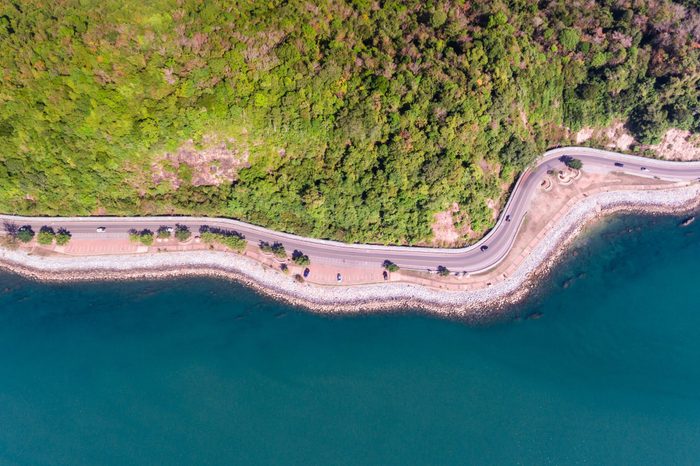
Coastlines
Even in places where we’ve had accurate maps for decades, climate change—which is causing rising sea levels, intense storms, and flooding, and all the erosion those events engender—is actually changing the lay of the coastal land as we once knew it. Can our map makers keep up with the rapid-fire changes? Some coastal places have always been too dangerous to visit.
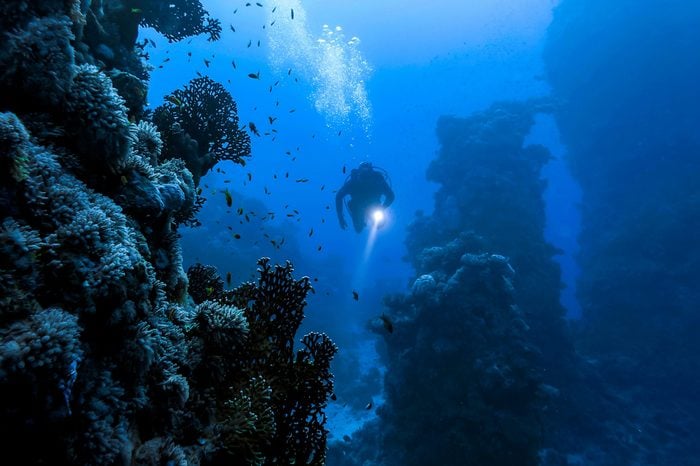
The ocean floor
It’s vast—our planet’s five ocean basins cover 71 percent of the earth’s surface. And although we actually have mapped it, that map is distinctly low-res, according to an article in The Conversation. In fact, it’s less detailed, even, than our maps of Mars, the Moon, and Venus. That’s because all that pesky water gets in the way of mapping tools. But… oceanographers are working on it. Until then, these 14 ocean mysteries remain unsolved.
